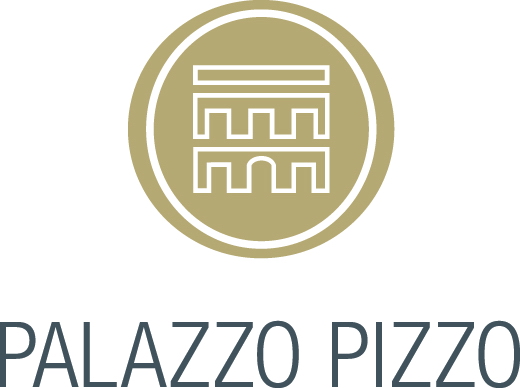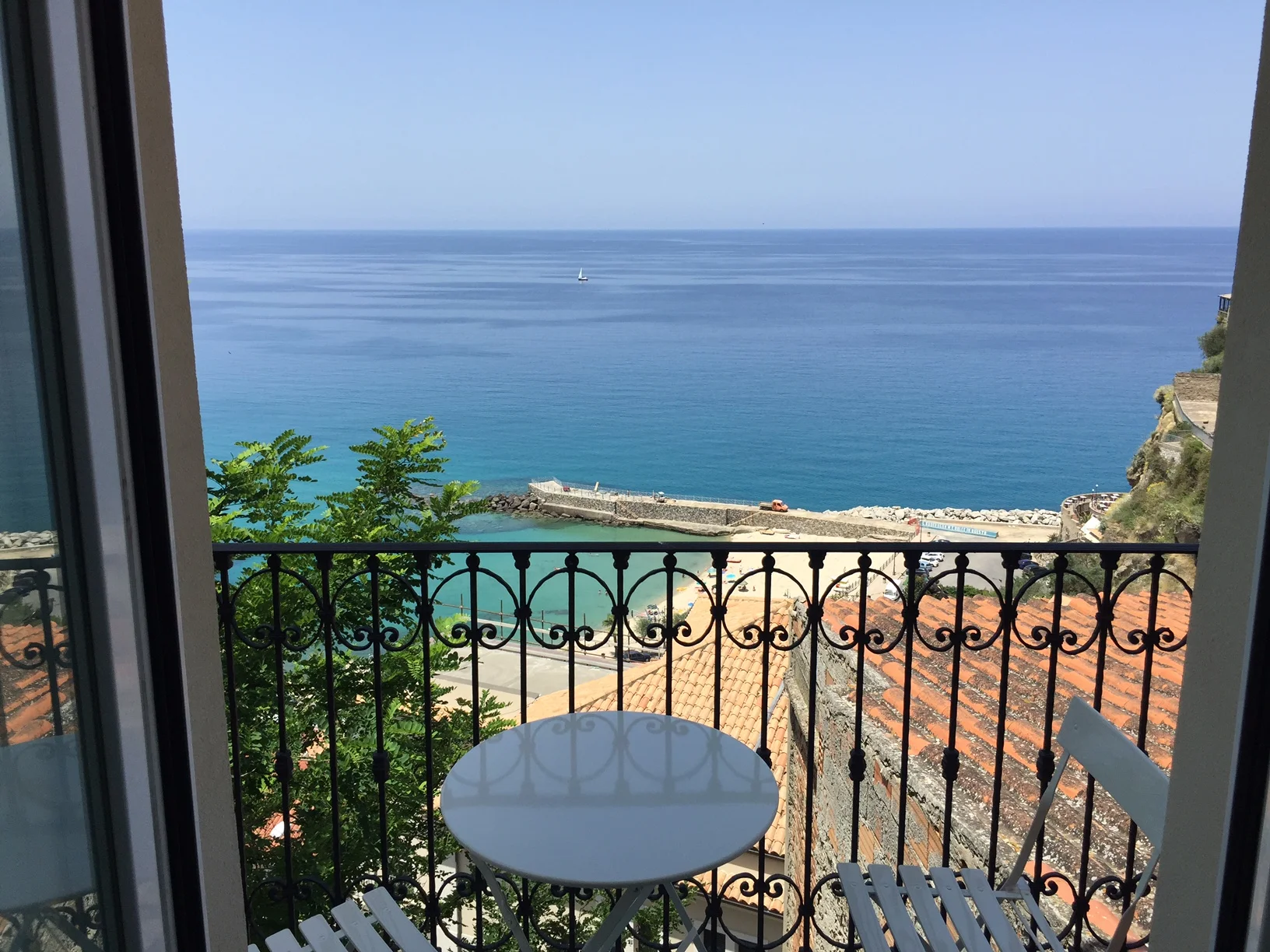

All comments and emails I got vote for pink! The pink of a 'pale rose', 'faded coral' or 'Aurore's cheeks'!
But today I received the email of my renovation experienced Italian friend (mother-in-law's cousin's wife). She said the following:
"In my opinion I prefer yellow because pink colour with the time is making some horrible black stripes along the windows and it's not fine to be seen.
Right near my house (ed. remark: between Padua and Venice) there's a pink villa that looked beautiful when it was finished but, after a few years, they are renovating it because of this dirty look.
Someone told me that there's a pigment in the composition of pink colour which gives this black result when time passes by. I don't know if that's the reason, but now I'm careful about all pink houses that I see and I must say that it's true.
By the way, we did our house in yellow "
ocra" and I'm happy of our choice."
So I am wondering what is it about that pigment?
The two photos above show houses in Pizzo. They look newly painted - and impeccable.
But when I look at our house ... dark stripes ....

We will ask around. Maybe some of you know?


































